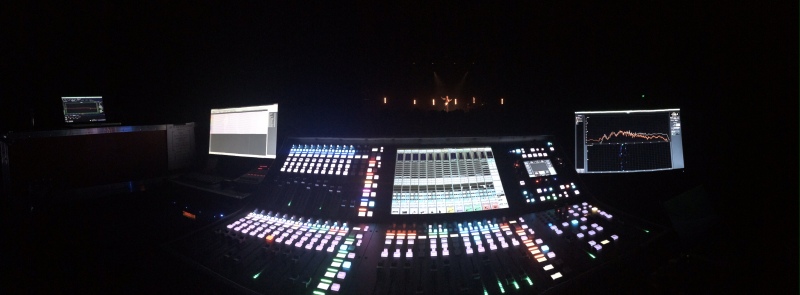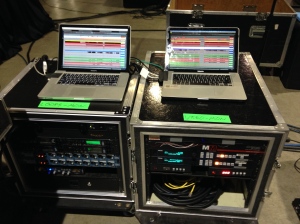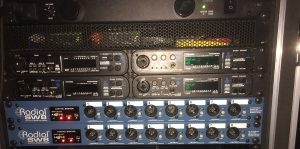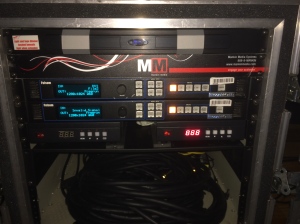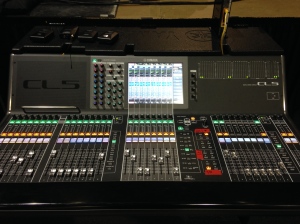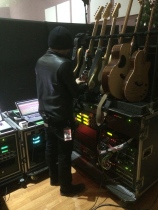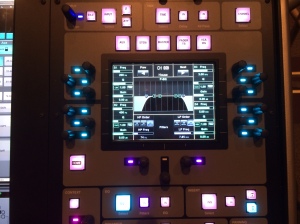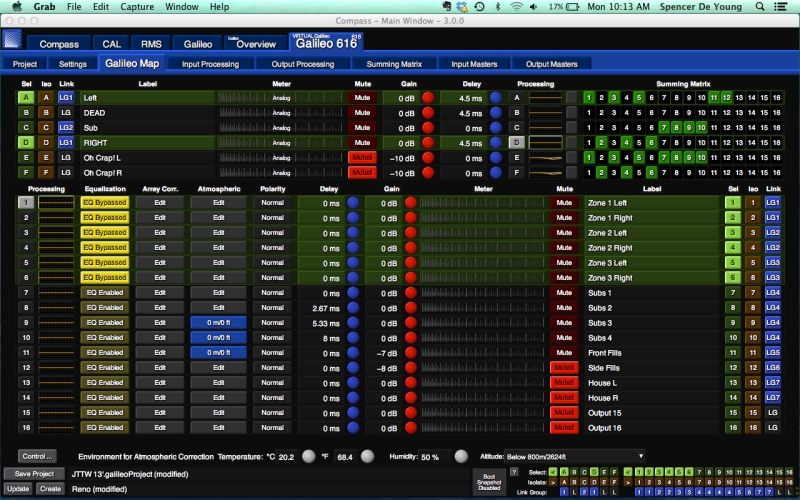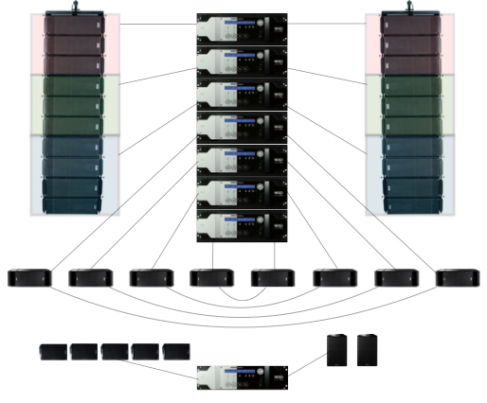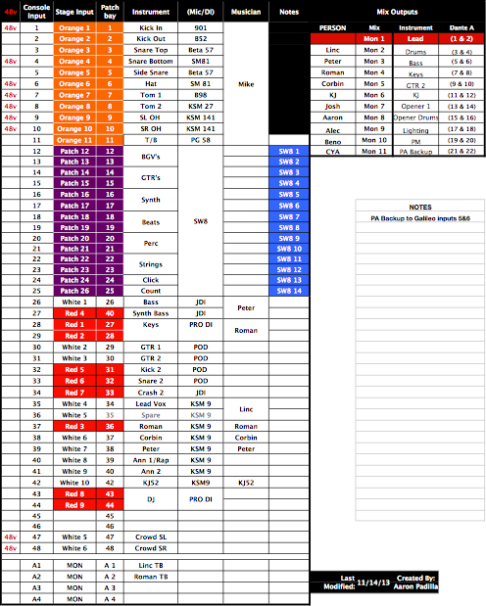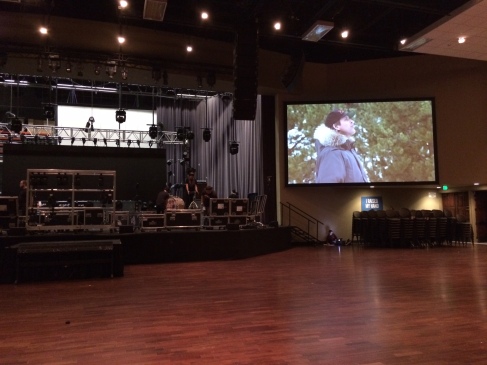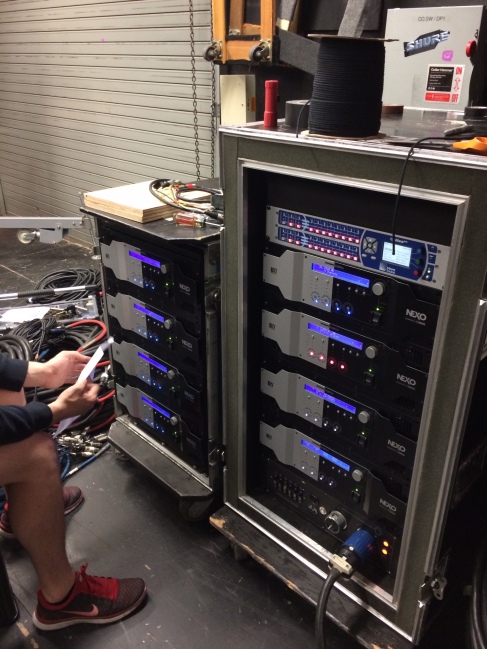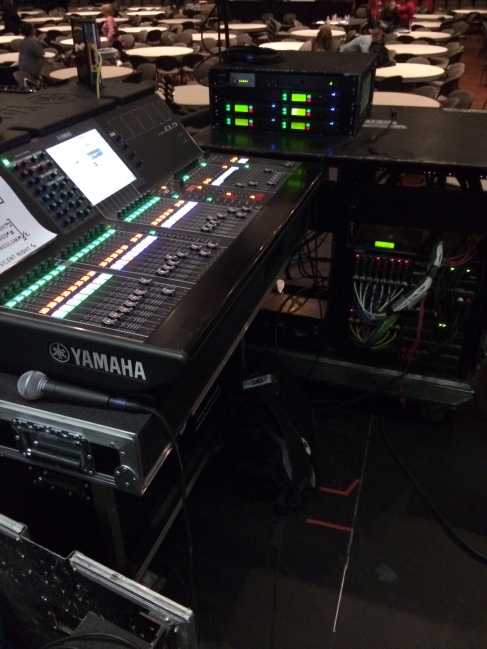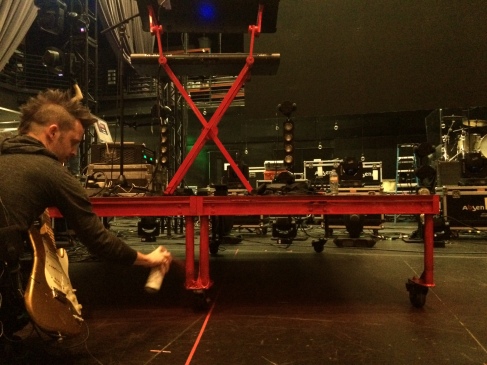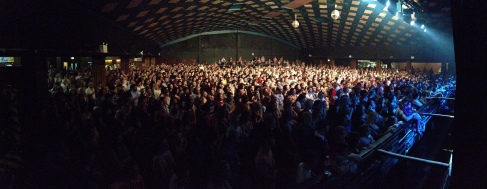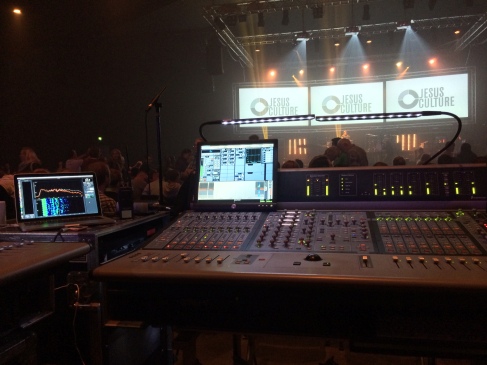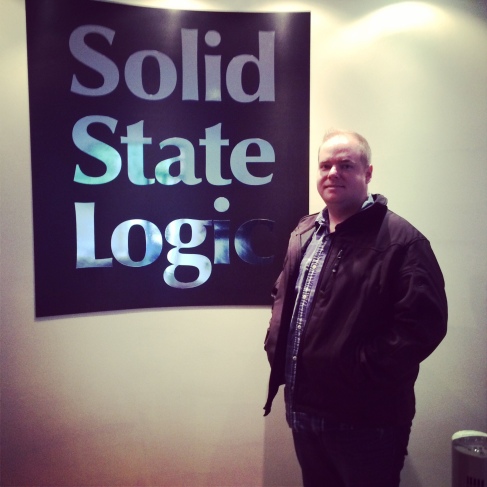This post is kinda fitting for an end of the year post. One of the biggest things i learned this year is which speaker is the most important speaker in the rig. And often it’s the most overlooked. Drum rollllllllllllll…… THE FRONT FILL(S).
How many times have we designed a rig, flew the pa, stacked the boxes, only to forget or not give enough attention to the front fills. Whether your mixing in an HOW environment or touring, i think we can all agree some of the most important seats are the ones closest to the stage. And it’s even easier to put too small of speaker or no speaker at all! Then all the Pastor, VIP tix holders, big donor (yeah i said it) hear is drum bleed, muddy guitars, or maybe the backside of a wedge.
I recently decided to make an extra effort in making sure the front row rocked. And boy did it! Putting big-ish full range speakers and subs covering every seat was a game changer for me. All of the sudden i WANTED the VIP peeps to sit up front. Cause in a few rooms, it was totally the best seat in the house. It’s amazing what a box with a 8, 10, or even a 12-inch driver can do for the front row. For me, gone are the days of tiny fill speakers. I wanna fell the snare drum and by-gosh so should the front row. Those seats deserve to rock like any other! All this to say, PLEASE don’t overlook the expensive seats. It’s well worth it to make sure those seats are just as good as yours! After all, they’re the ones that are probably paying for it…and paying for it.
Happy New Year and thanks to everyone for reading!
